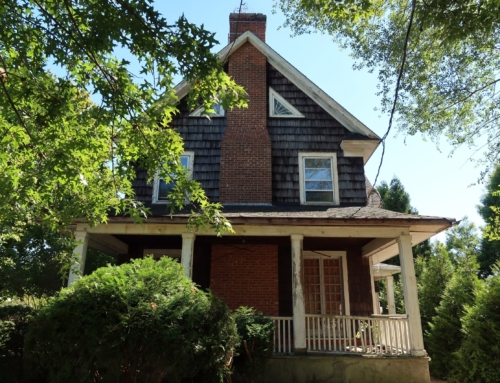
Q: Seven years ago, I took out a $300,000 20-year fixed-rate mortgage loan at 5.75 percent.
I currently owe $230,000 on the loan. I want to know if I should change the remaining loan to shorten it into a 10-year fixed-rate home equity loan at 4.5 percent. Or, I should do a straight refinance at 4.5 percent.
Which loan will be better for me?
A: Whenever you’re going to refinance, you need to think about several important issues: How much will you pay to either convert the loan or do a refinance? How time-consuming or easy will it be to change the terms of your loan? Am I getting the best deal possible?
In your case, a 10-year loan should carry a much lower interest rate than 4.5 percent. In fact, as I wrote this at the end of August, I just locked in on a 15-year loan at 3.75 percent with low closing costs. I’m going to save money from the get-go, about $59 per month, so it’s worth refinancing, even though my current 15-year loan (which I got in November, 2009) is at 4.25 percent.
The key point is to think carefully about how much you’ll pay to either convert your loan or to do the refinance. If you’ll have to pay $2,500 to refinance your loan, but you can convert it for $500, and the interest rates are about the same for the two loans, you should go with the least expensive choice.
Of course, when it comes to your mortgage, the smartest move you can make is to pay the least amount possible for the loan, and then pay it off as quickly as possible.
One last item: some people forget to consider that they need to compare the savings from the new loan over the old loan over the same period of time. If you have thirteen years left on your loan and take out a 10-year loan and still save money on a monthly basis, you’re doing great. But if you take out a 30-year loan and save money on a monthly basis, you’re actually worse off because you’ve just set yourself up for 17 more years of payments.
To see where things are for you, you should ask your mortgage lender or mortgage broker to give you a comparison of what you would have to pay on a monthly basis on a new loan to pay off that new loan on the same timetable that you currently have on your loan. That way, you get an apples-to-apples comparison.
In your case, you should see what your monthly payment would be on any loan you take out if you had to make monthly payments to pay off your new loan in thirteen years. If your new payment is lower than your old payment and your closing costs are low or can be recouped by the monthly savings on the loan over six to nine months, you should refinance.
But if it will take you nine years to recover your closing costs on the refinance or you’re extending the term of your loan for many more years to come, you might not want to refinance.
And then there are the folks who believe taking on debt at 4 percent is a sure-fire long-term win. These folks feel a 4 percent can’t be beat and that someday when inflation returns, they will benefit from having borrowed at these low rates.
Ultimately, you have to decide what’s best for you.






Leave A Comment